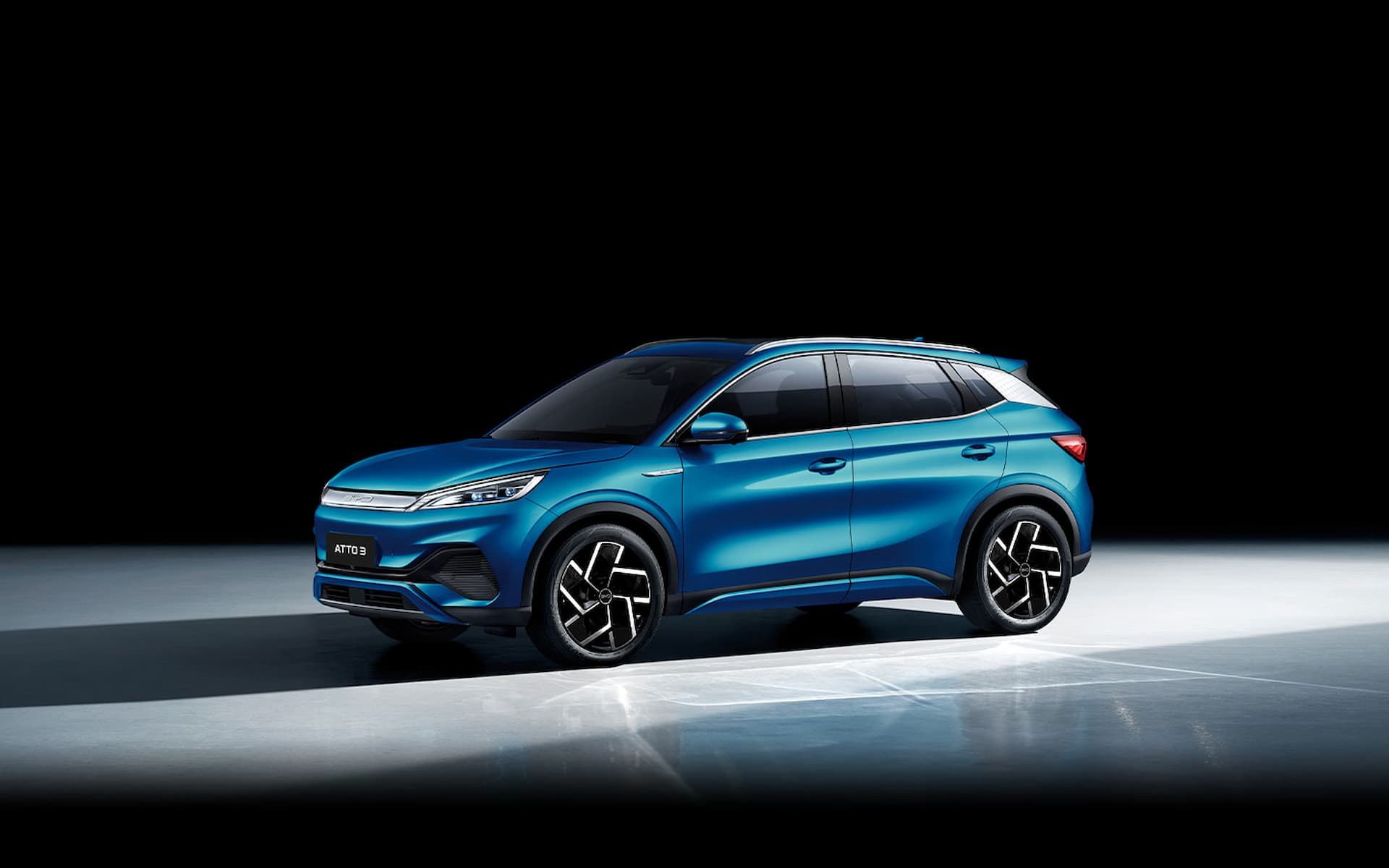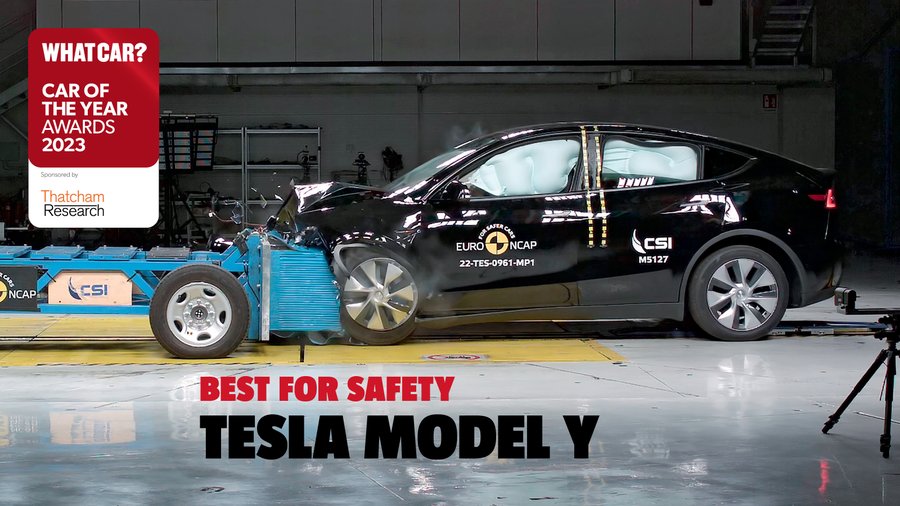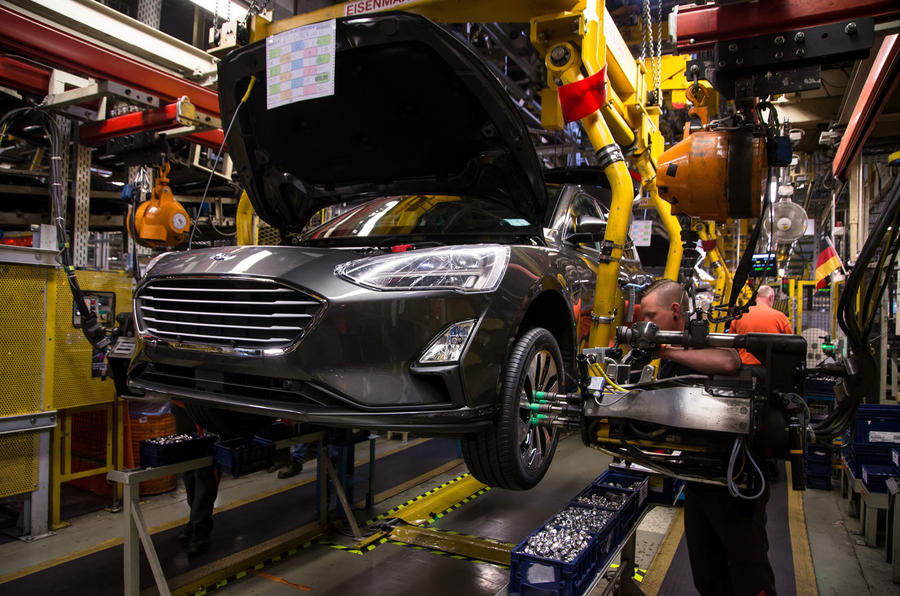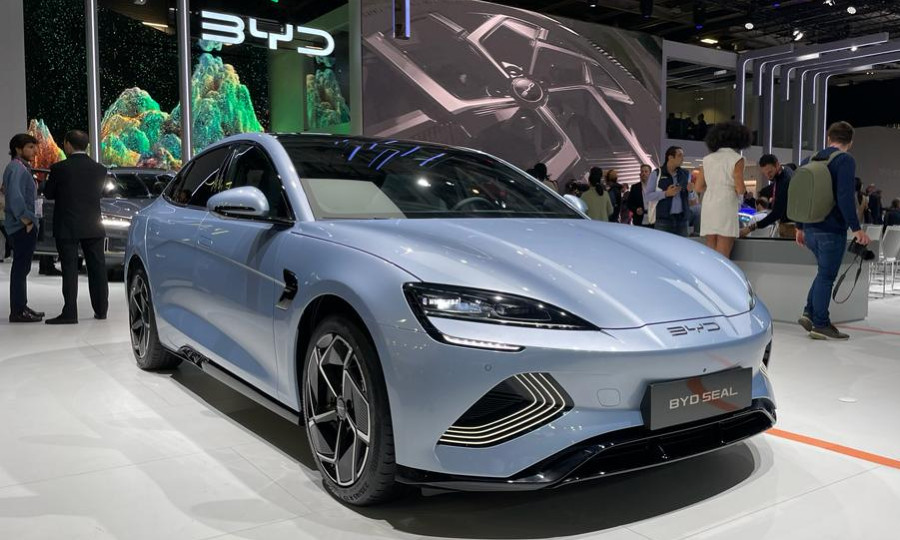The BYD Seal electric sedan has achieved a five-star rating in the C-NCAP safety and crash test, surpassing the performance of the NIO ET7. However, it should be noted that the Seal has some safety drawbacks. Here is an overview of the Seal’s test results.
The BYD Seal has received a five-star rating in the C-NCAP assessment program with a performance score of 88.6%, surpassing the NIO ET7’s score of 87.3%.
In the vehicle occupants segment, the Seal scored 92.27%. Overall, these results demonstrate the vehicle’s high level of safety. However, it should be noted that the Seal received a lower score of 14 points out of 16 in the side pole impact test.
The Seal performed well in the frontal full width collision test, but the driver and passenger sustained light damage to their chest and legs. It scored 21 points out of 24 in the collision with a mobile deformable barrier test.
However, the Seal’s performance in protecting vulnerable road users was less impressive, earning a score of 10 out of 15. In this test, the leg impact was not severe, but the A-pillars, bonnet edges, and area under the windshield posed a risk for pedestrian trauma.
The Seal’s performance in this category is lower than the average level. In terms of safety assistance functions, the Seal received a score of 92.27 points, with a particularly strong performance in its AEB system, which received a score of 35.9 out of 38.
Overall, the BYD Seal performed well in the C-NCAP assessment program. Its CTB (Cell-to-Body) technology, which integrates the battery pack into the frame, appears to significantly enhance the vehicle’s safety. It’s worth noting that the Seal also boasts a high level of torsional rigidity at 40,000 Nm/degree.
The BYD Seal is a sleek, sporty electric sedan from China that sits on the e-platform 3.0. Its sleek design features a smooth body shape and a low drag coefficient of 0.219 Cd. Measuring at 4800/1875/1460 mm with a wheelbase of 2910 mm, the Seal can be equipped with either rear-wheel drive or four-wheel drive. It comes in three powertrain options: a 150 kW (204 hp) electric motor for the entry-level model, a 230 kW (313 hp) motor for the more expensive version, and a top-of-the-line option with two electric motors producing up to 390 kW (530 hp). The battery options include a 61.4 kWh option for a range of 550 km (CLTC) and an 82.5 kWh option for a range of 650-700 km (CLTC) depending on the powertrain.







